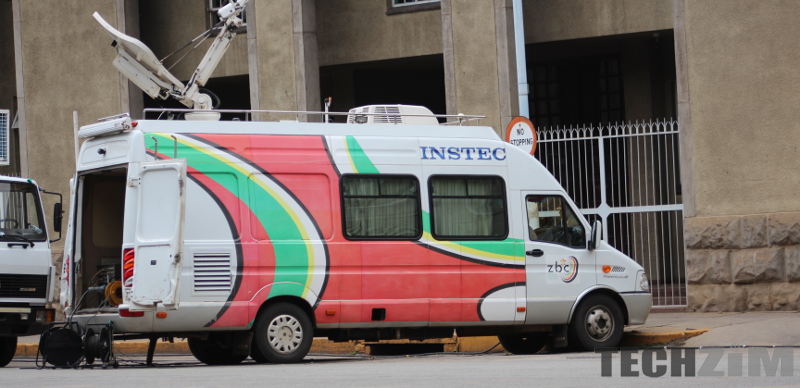Yesterday the Minister for Information Monica Mutsvangwa chaired the launch event for the Digital Terrestrial Television initiative. Now, if you have been alive long enough you will remember the folk tale of Zimbabwe switching from analogue broadcasting to digital. Well, it looks like the fairytale might be a reality because on top of the launch the government announced that there are going to be 12 new stations hitting the airwaves in the digital TV dispensation.
12 new TV stations but there’s a catch
“Through the Zimbabwe digital broadcasting migration project that we are launching today, our citizens will enjoy access to 12 free-to-air digital television services in Zimbabwe. The Second Republic is delivering this project on the backdrop of the Covid-19 pandemic, where TV and radio have been central in providing public health and safety information and running basic primary education lessons for our learners”
Monica Mutsvangwa, Minister for Information, Media and Broadcasting Services (New Zimbabwe)
Yay! 12 new stations but according to the Minister 6 of those are going to be reserved for the national broadcaster the Zimbabwe Broadcasting Corporation (ZBC).
On this, I am split because on one hand there are services that ZBC could provide that some private players might not be able to. An example of one of these areas is e-learning. There are very few local operators I know of who will be able to provide consistent and diverse content for an e-learning channel or even an education-based channel.
However, on the other hand, I am a strong advocate for letting the people who pay for TV and radio licences choose the content that will be beamed to them. If it is mandatory for every Zimbabwean to spend their hard-earned money on a TV licence then the authority should reciprocate and give the ordinary Zimbabwean some say in what is going to be aired.
Govt hasn’t learned from the global shift to streaming services
I am sorry that I am being a dog with a bone about this whole “let the people choose what they want to watch” thing. But if we have learned anything from the pandemic it’s that everyone, to one degree or another, now understands the value and utility of the internet.
We have seen a number of local e-commerce services spring up as well as other services. But more specific to this case, streaming services have really made strides worldwide.
The streaming service industry grew by 37% last year because of the lockdown. Most of it was backed by people looking for internet-based forms of entertainment on demand (and Disney+). It’s not strange these days for one person to hold two or three subscriptions with different streaming services.
In Africa and Zimbabwe, the only thing keeping services like DStv up is that it has live sport. Multichoice to its credit has seen that streaming needs a live sport element and offers it on its Showmax streaming service.
But the very fact that the continent’s biggest content platform saw the need to adapt means there is a shift happening in Africa as well. To add to that DStv is trying to maintain its relevance by offering international streaming services through its new Explora Ultra and Streama decoders. Why the Zimbabwe government hasn’t looked at that case study and thought to itself “maybe we need to give these people a reason to pay for their TV licences” is honestly beyond me.
I haven’t forgotten about TelOne’s DEOD
The strange thing about last year and the shift to online services is that TelOne wasn’t pushing the DEOD on-demand TV service. From what we understand not much has changed with the service and that means TelOne customers still get 100GB of free data for streaming content on DEOD.
So why not capitalise on the year of record internet usage and make sure that customers know you have this service they can use? Well… only TelOne can answer that.
